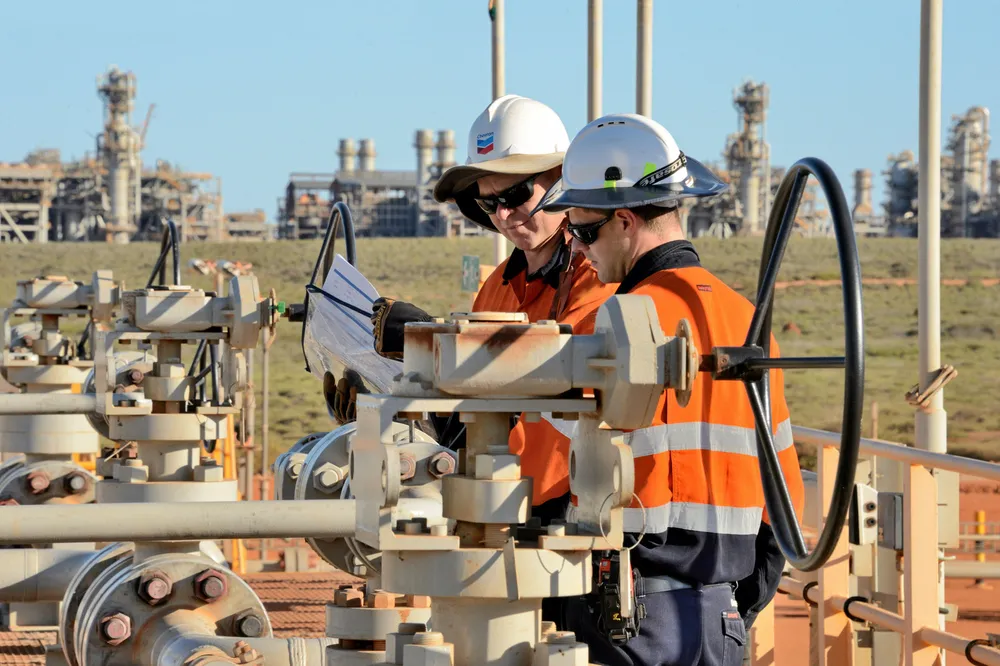Emission increase: Chevron faces more Gorgon CCS issues
Issues at world's largest carbon capture and storage project leads operator to vent additional CO2

Issues at world's largest carbon capture and storage project leads operator to vent additional CO2
